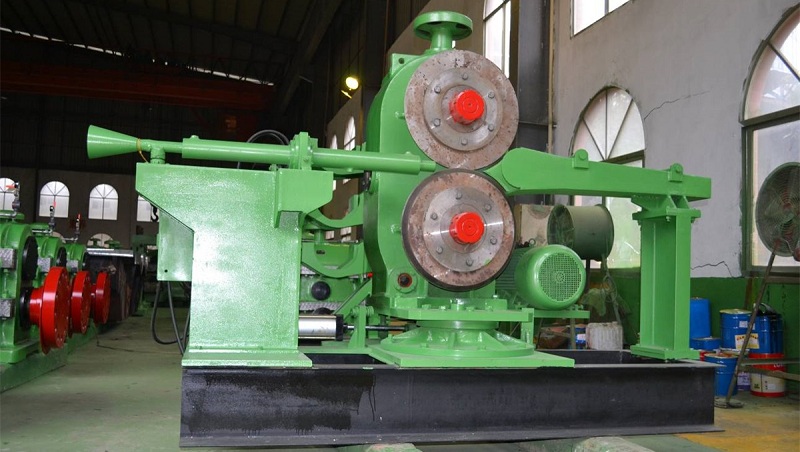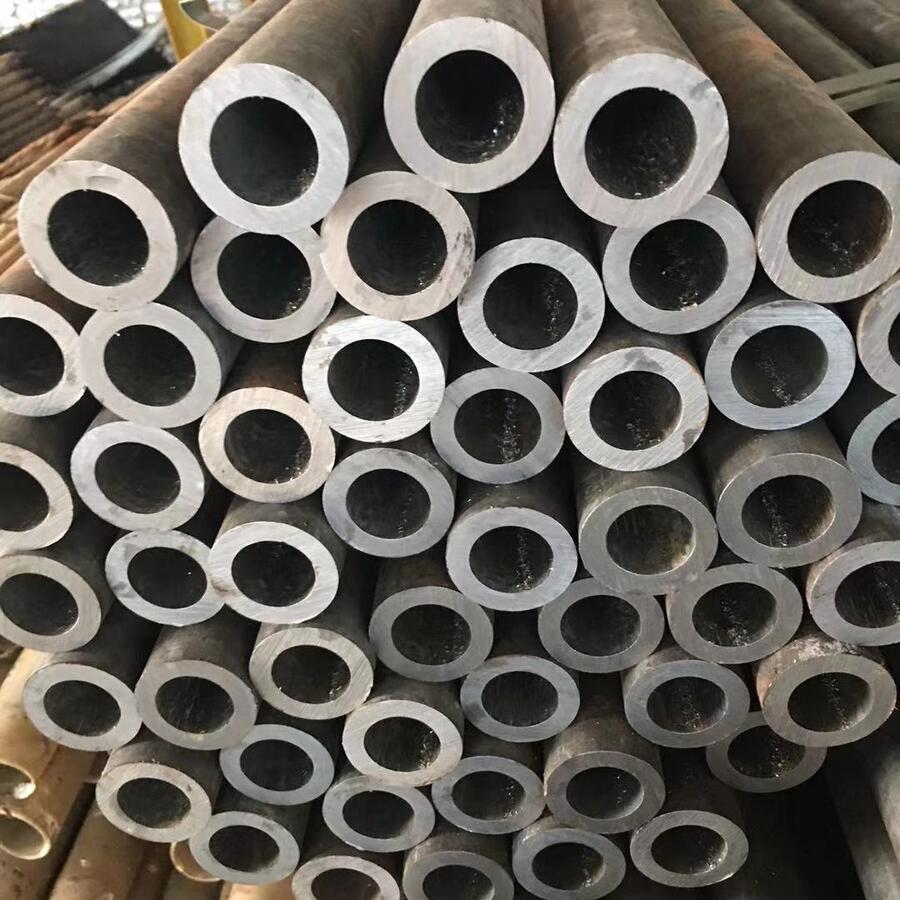تعتبر مصانع الدرفلة على الساخن للفولاذ مكونات أساسية في عملية إنتاج الفولاذ, تحويل الفولاذ الخام إلى منتجات قابلة للاستخدام من خلال سلسلة من العمليات الخاضعة للرقابة. في هذه المقالة, سوف نستكشف الجوانب المختلفة لمصانع الدرفلة على الساخن للصلب, بما في ذلك آلياتها التشغيلية, المعلمات الرئيسية, والفوائد التي تقدمها للصناعة التحويلية.
ما هي مصانع الدرفلة على الساخن الصلب?
مصانع الدرفلة على الساخن للصلب هي آلات صناعية مصممة لمعالجة الفولاذ في درجات حرارة عالية. وتتمثل الوظيفة الأساسية لهذه المطاحن في تقليل سماكة الألواح الفولاذية أو القضبان عن طريق تمريرها عبر سلسلة من الأسطوانات. هذه العملية لا تشكل الفولاذ فحسب، بل تعزز أيضًا خصائصه الميكانيكية, مما يجعلها مناسبة لمختلف التطبيقات.
كيف تعمل مصانع الدرفلة على الساخن?
يتضمن تشغيل مصانع الدرفلة على الساخن للصلب عدة خطوات رئيسية:
- التدفئة: يتم تسخين القضبان أو الألواح الفولاذية في الفرن للوصول إلى درجة حرارة تتراوح من حوالي 1100 درجة مئوية إلى 1250 درجة مئوية..
- المتداول: ثم يتم تمرير الفولاذ الساخن من خلال سلسلة من البكرات, مما يقلل سمكه تدريجيًا مع زيادة طوله.
- تبريد: بعد المتداول, يتم تبريد الفولاذ إلى درجة حرارة الغرفة, مما يساعد في تحقيق الخواص الميكانيكية المطلوبة.
- التشطيب: قد يخضع المنتج النهائي لعمليات إضافية مثل القطع, اللف, أو المعالجة السطحية.

المعلمات الرئيسية لمصانع الدرفلة على الساخن للصلب
يعد فهم معلمات مصانع الدرفلة على الساخن للصلب أمرًا ضروريًا لتحسين أدائها. يوجد أدناه جدول شامل يعرض المعلمات المختلفة المرتبطة بهذه المطاحن:
| المعلمة | وصف |
|---|---|
| قطر لفة | تتراوح عادة من 500 مم ل 1200 مم, تؤثر على قوة المتداول وجودة المنتج. |
| عرض اللفة | تتراوح العروض القياسية من 1000 مم ل 3000 مم, اعتمادا على مواصفات المنتج. |
| سرعة المتداول | تتراوح السرعات الشائعة من 1 م / ث ل 5 آنسة, التأثير على كفاءة الإنتاج. |
| درجة حرارة التدفئة | تتراوح درجات الحرارة المثالية للتسخين بين 1100 درجة مئوية و1250 درجة مئوية للحصول على لف فعال. |
| تخفيض سمك | تتراوح التخفيضات النموذجية من 10% ل 50% لكل تمريرة, اعتمادا على المواد وتصميم المطحنة. |
| القدرة الإنتاجية | يمكن للمطاحن الحديثة إنتاج ما يصل إلى 1 مليون طن من الفولاذ المدرفل سنوياً. |
| استهلاك الطاقة | يمكن أن تختلف متطلبات الطاقة من 500 كيلوواط ل 5000 كيلوواط على أساس حجم المطحنة والإنتاج. |
| معدل التبريد | يمكن أن تؤثر معدلات التبريد بعد الدرفلة على الخواص الميكانيكية النهائية للصلب. |
| مستوى الأتمتة | غالبًا ما تتميز المطاحن الحديثة بأنظمة أتمتة متقدمة لتحسين التحكم والكفاءة. |
| أنواع المواد | يمكن معالجة درجات الصلب المختلفة, بما في ذلك الكربون الصلب, سبائك الصلب, والفولاذ المقاوم للصدأ. |
فوائد مصانع الدرفلة على الساخن للصلب
توفر مصانع الدرفلة على الساخن للصلب العديد من المزايا, مشتمل:
- تحسين الخواص الميكانيكية: تعمل عملية الدرفلة على الساخن على تحسين قوة وليونة الفولاذ.
- كفاءة التكلفة: تساهم معدلات الإنتاج المرتفعة وانخفاض نفايات المواد في خفض تكاليف التشغيل.
- براعة: قادرة على إنتاج مجموعة واسعة من منتجات الصلب, بما في ذلك الأوراق, لوحات, والحانات.
- تحسين جودة السطح: تؤدي العملية إلى تشطيب سطح أكثر سلاسة, تقليل الحاجة لمزيد من المعالجة.
خاتمة
ختاماً, تلعب مصانع الدرفلة على الساخن للصلب دورًا حيويًا في صناعة تصنيع الصلب. من خلال فهم آلياتها التشغيلية والمعايير الرئيسية, يمكن للمصنعين تحسين عملياتهم لتحسين الكفاءة وجودة المنتج. مع استمرار التكنولوجيا في التقدم, سوف تتحسن قدرات مصانع الدرفلة على الساخن للصلب, مما يمهد الطريق لمزيد من منتجات الصلب المبتكرة في المستقبل.
لمزيد من المعلومات حول مصانع الدرفلة الساخنة للصلب وتطبيقاتها, you can visit HANI تك وهاني علم المعادن.




